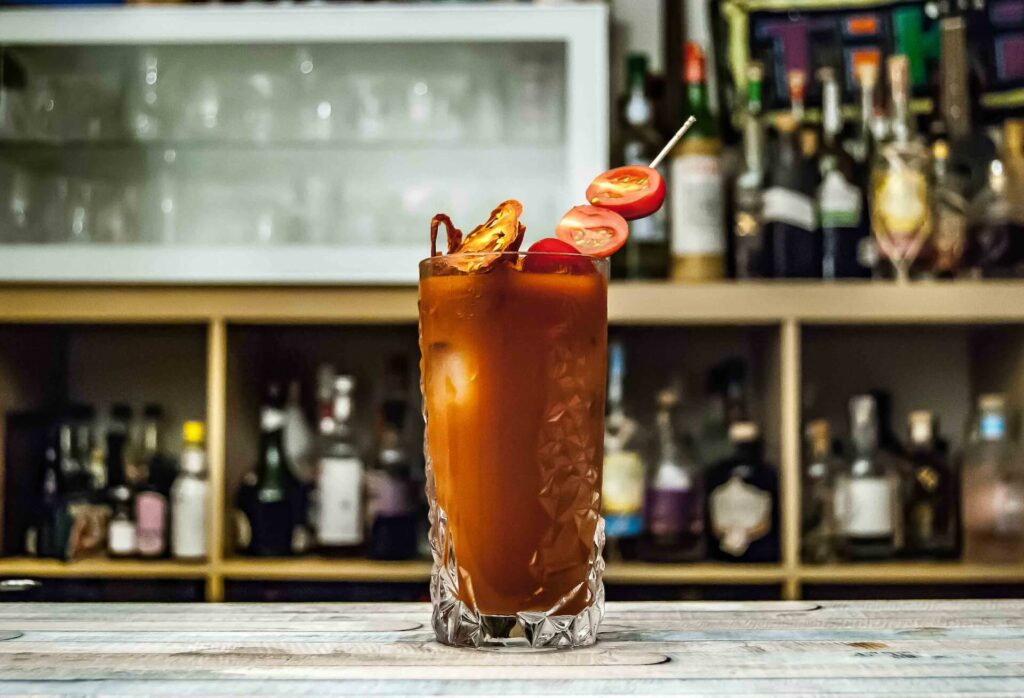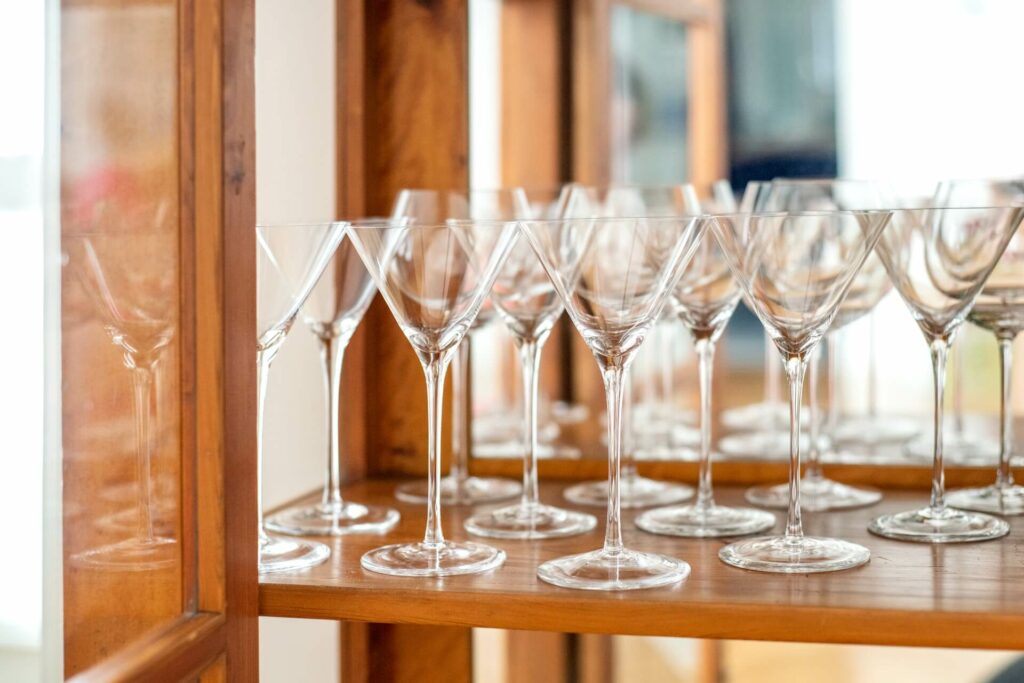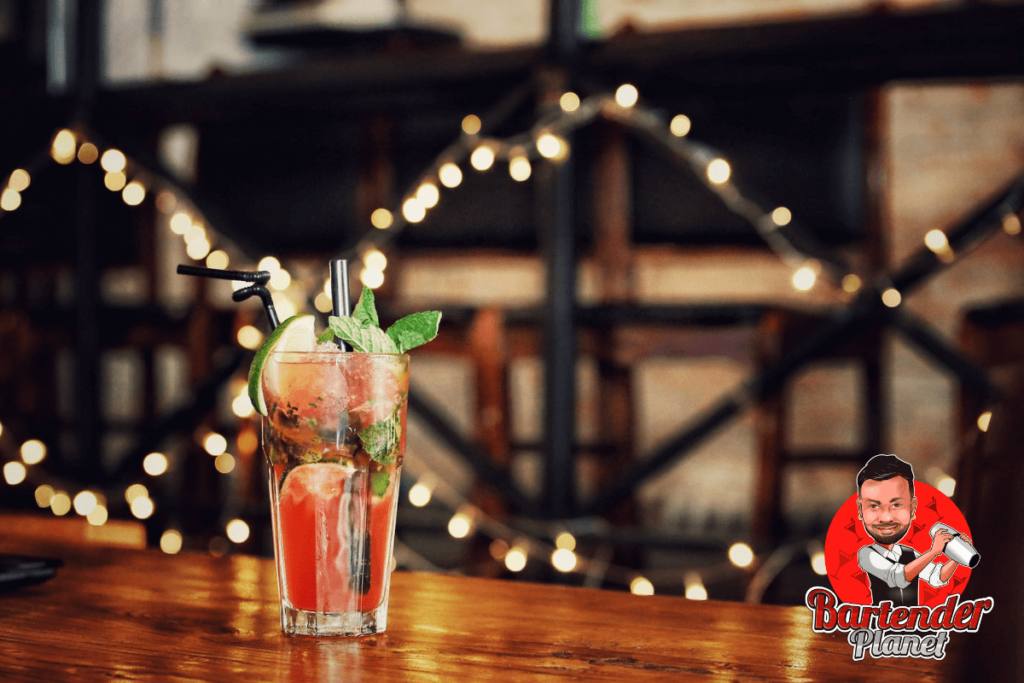Ahh, there’s nothing quite like a cocktail on a sunny Saturday afternoon with friends.
Delightful.
If you’re new to the world of cocktails and are fed up with having a drink that’s either too strong or too weak, you may be wondering; what is the standard pour on a single mixer cocktail?
Whether it’s being served to you by a bartender or you’re crafting your own cocktails at home, understanding the standard pours when it comes to cocktails is important if you want to craft a well-balanced drink and take your mixology skills to the next level.
In this post, we’ll break down the standard pours on a single mixer cocktail, the factors that can affect the standard pour, as well as the importance of a properly measured cocktail.
Whilst the standard pour should in theory make each drink consistent, there are several factors that influence the standard pour, so stick around as we delve deeper into the topic.
What Is The Standard Pour On A Single Mixer Cocktail?
The standard pour for a single mixer cocktail is one shot (1.5 fluid ounces) of the base spirit, such as gin or vodka, and three to four ounces of the mixer, which can be anything from soda to tonic water.
This ratio of spirit to mixer creates a well-balanced drink that isn’t too strong or weak and is used as the standard for many cocktail recipes.
That said, it’s important to note that this standard pour can vary from person to person and on the recipe, with some cocktails requiring more or less of certain ingredients.

For example, the Old Fashioned, Moscow Mule, and Negroni all have more than the standard pour, therefore, they have more concentrated alcohol in them with little dilution.
This means that these types of cocktails will have you more intoxicated than a cocktail that uses a single mixer, so keep this in mind when ordering drinks at the bar.
It’s easy to assume that each cocktail has a similar amount of alcohol, but this is certainly not the case.
If you’re unsure, always ask the bartender to clarify the recipe so you don’t end up overly intoxicated and reaching for the bucket in the morning.
Factors That Affect The Standard Pour
Whilst the standard pour for a single mixer cocktail is one shot or 1.5 fluid ounces, there are several factors that can affect this that you should be aware of.
Bartender
Everyone has their favorite bartender when they enter a bar, and those that are heavy-handed when it comes to pouring drinks can significantly impact the measure of alcohol in your drink.
This can be a lot of fun if you’re receiving more alcohol than expected, but it can also make your drink taste far too strong and leave you much more intoxicated than if the drink were made properly.
Keep this in mind when ordering drinks from a friendly bartender as you may be getting much more than the standard pour in your cocktail.
Glass size
The size of the glass also affects the standard pour, as the larger the glass, the more base spirit will be required to achieve the same ratio of spirit to mixer.
With the likes of bottled beer, you know the serving size and the percentage of alcohol as it is printed on the label on the outside of the bottle.

But with spirits, it’s more difficult to calculate as you don’t have the serving size of each glass or alcohol printed on the side, and unless you’re going to measure your drinks beforehand, you’ll be much less accurate with regard to alcohol content.
Spirit
The type of base spirit you use in your cocktail can affect the standard pour, as a stronger spirit may require a smaller pour to achieve the desired amount of alcohol.
As mentioned above, there are cocktails that are much stronger than others, so with these drinks, it’s not necessary to pour large pours as you may overdo it.
Mixer
Similarly to the spirit, the type of mixer you use can also impact the standard pour.
Mixers that are sweeter may require a smaller pour of the base spirit to balance out the flavor and ensure that the drink is still palatable.
Personal preference
We’ve all got that one friend who is just a straight-up animal when it comes to drinking and pours alcohol like there’s no tomorrow.
Personal preference also affects the size of standard pours, with those that enjoy alcohol a little too much often pouring larger measures than those who have work in the morning!
The Importance Of A Properly Measured Cocktail
Measuring a cocktail properly is super important if you want to craft a drink that actually tastes nice and isn’t too strong or weak.
It’s so easy to overdo it when making cocktails, as just a splash more than what’s required can make or break the cocktail and make it taste gross or undrinkable.
By measuring ingredients correctly, you ensure that the cocktail is consistent in flavor and strength.
And by following the cocktail recipe with accuracy you ensure that all ingredients are balanced and that the drink will have the desired result for yourself or the customer.
This is especially important for bartenders as if the drink is not measured properly, the customer may reject it and another drink be recreated.
Not only that, but it’s important for bartenders to measure correctly to avoid overpouring which can significantly impact costs and expenses.
Bars that have slim margins can find themselves in deep water very quickly if they have a heavy-handed bartender that is constantly overpouring drinks, so measuring drinks accurately is crucial for the success of the business.
I’ve come across many bartenders in my time who prefer to eyeball measurements, and oftentimes this results in a LOT of unnecessary waste and drinks that end up being returned by customers.
How To Achieve The Perfect Standard Pour
The most accurate way to achieve the perfect standard pour when creating a cocktail, or any drink for that matter, is by using a jigger.
Jiggers are simple but incredibly effective bar tools/measuring devices that allow bartenders to measure accurately and efficiently.
When using a jigger, be sure to pour without holding the device over the glass, this ensures that any excess does not spill into the glass and create a drink that is too strong.
Bartenders looking to achieve the perfect pour should also pay close attention to the cocktail recipe to ensure they are accurately measuring each ingredient according to the instructions.

It’s so easy to think you know the cocktail recipe off by heart, but in actual fact, you may be over or underpouring which can ruin the taste of the cocktail.
If you’ve used a jigger with the proper technique and followed the recipe correctly but still get a cocktail that isn’t to your preference, don’t be afraid to adjust the measure based on its taste and your preference (so long as it’s not for a customer).
Find that the cocktail is too weak? Add a splash of spirit in.
If it’s too strong, dilute it down with some ice or add some more mixer.
Wrapping Up
To sum up, the standard pour on a single mixer cocktail is 1 shot or 1.5 fluid ounces of base spirit and three to four ounces of a mixer.
Whilst it’s true that there are many factors that can affect a standard pour, if you’re ordering a cocktail at a bar, it should be accurately measured with the appropriate tools.
Keep in mind that some cocktails are stronger than others and many call for more than the standard pour to create, such as the Negroni and Old Fashioned.
These are stronger than many cocktails that use a standard pour, and therefore, their “standard pour” is more than 1 shot / 1.5 fluid ounces of spirit.
Hopefully, you’ve learned something new today about standard pours when creating cocktails, and you now have a better understanding of why sometimes you receive a drink that is stronger or weaker than you would expect.
See you in the next one!


